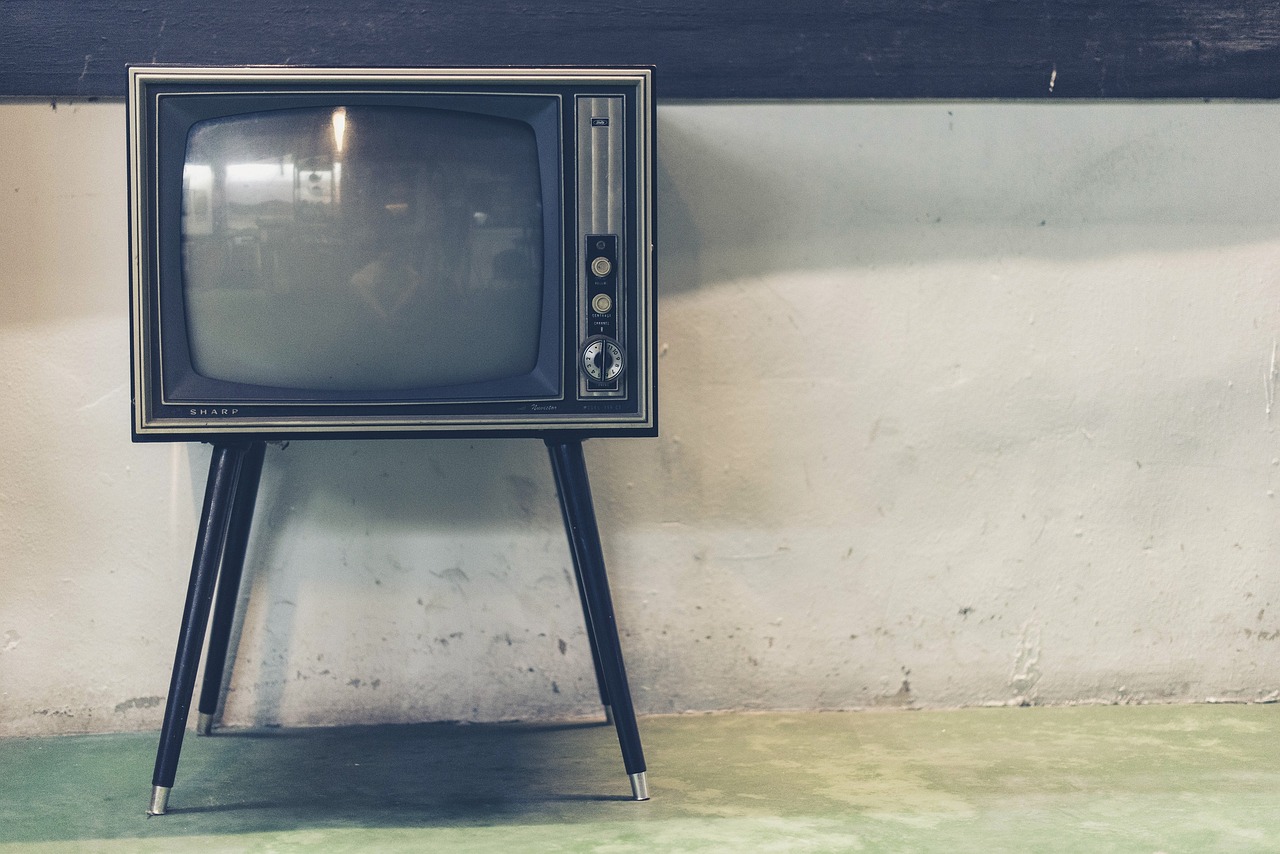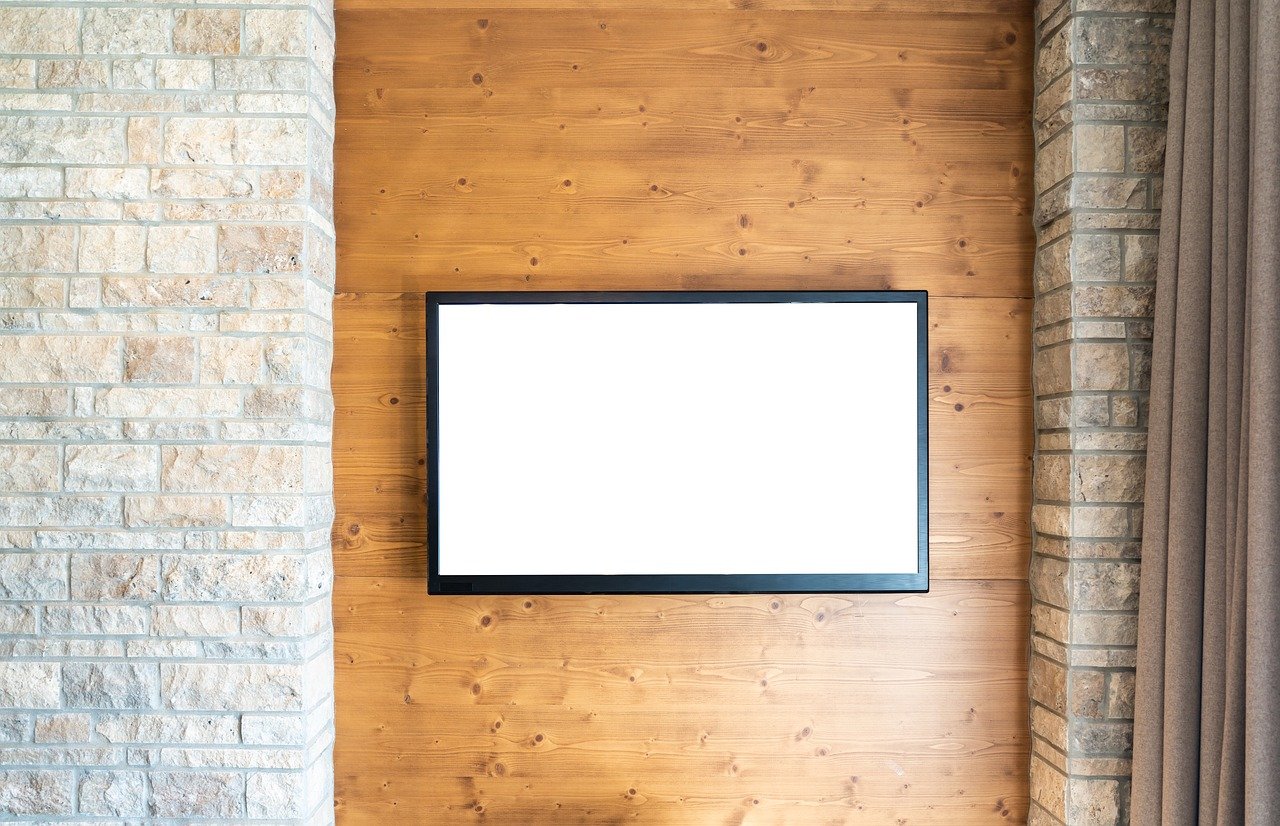Have you ever looked at your TV screen and thought, “Is this really the best picture quality I can get?” If you have, you’re not alone. Many people watch their favorite shows and movies without realizing that a little calibration can significantly enhance the viewing experience. Let’s talk about how to calibrate your TV for the best picture quality.

Understanding TV Calibration
Before diving into the nitty-gritty details, let’s clarify what calibration really means. In simple terms, calibrating your TV involves adjusting its settings to achieve the most accurate color, brightness, contrast, and sharpness. The goal is to create a viewing experience that closely matches what the content creator intended.
This process may seem daunting, but with a bit of patience and guidance, you can significantly improve your TV’s picture quality. So, grab your remote, and let’s get started!
Why Calibrate Your TV?
You might wonder, “Why should I bother calibrating my TV?” Well, the truth is that most TVs come out of the box with settings that aren’t optimized for the average viewing environment. Here are a few reasons why taking the time to calibrate your TV can make a real difference:
Enhanced Picture Quality
By calibrating your TV, you can achieve more vivid colors, deeper blacks, and overall sharper images. It makes a world of difference, especially if you’re watching high-definition or 4K content.
Accurate Colors
A well-calibrated TV will reproduce colors more accurately, meaning the reds, greens, and blues will look just as the directors intended. This is particularly important for movies and shows that rely heavily on visuals.
Improved Viewing Experience
When your screen displays content as it was meant to be seen, the entire viewing experience becomes more immersive. You’ll find yourself getting lost in the story instead of distracted by subpar visuals.
Before You Start: What You’ll Need
Calibrating your TV doesn’t require fancy tools, but having the right setup can make the process a lot easier. Here’s a quick checklist of what you might need:
Essential Items
| Item | Purpose |
|---|---|
| TV remote | To access the settings menu. |
| Calibration disc or app | To use reference patterns for adjustment. |
| A notepad | To jot down settings before and after. |
| A dark room | To see the picture quality accurately. |
While you don’t need to invest in expensive calibration equipment, having a dark room will definitely help you see the differences in picture quality more clearly.
Step 1: Set Up Your TV
The first thing you’ll want to do is ensure your TV is correctly set up. This means placing it in your viewing area and connecting your devices. Make sure that your TV has been on for at least 20-30 minutes before you start calibrating, as this allows it to warm up and deliver accurate colors.
Adjusting TV Position
Make sure the TV is at eye level when you’re sitting in your usual viewing spot. Also, consider the distance between the TV and your seating area; it plays a role in how you perceive the picture quality.

Step 2: Access the Picture Settings
Now that your TV is set up, it’s time to access the picture settings. Here’s how you do that:
- Grab your remote and press the Settings or Menu button.
- Navigate to the Picture or Display settings.
Once you’re in this menu, you’ll see a list of options that can be adjusted to customize your viewing experience.
Step 3: Select a Picture Mode
Most modern TVs come with various picture modes pre-installed. These could range from “Standard” to “Cinema” or “Sports.” Each mode is designed for different viewing scenarios, so it’s a good idea to start with the mode that fits how you typically watch.
Recommended Picture Modes
| Picture Mode | Description |
|---|---|
| Standard | A balanced mode for everyday viewing. |
| Cinema | Offers warmer colors and is ideal for movies. |
| Sports | Bright and colorful, can be good for action. |
| Game | Reduces input lag but may sacrifice some picture quality. |
Starting with the “Cinema” mode is often advisable because it usually displays more accurate colors and is closer to what filmmakers intended.

Step 4: Adjust Brightness and Contrast
Once you’ve selected the appropriate picture mode, the next step is to adjust brightness and contrast settings.
Brightness
Brightness affects the overall light level of the image. Here’s how to set it:
- Set the brightness to a level where you can still see details in darker images without making them look washed out.
- A simple way to test this is to view a scene with both bright and dark areas. Adjust until you can see details in the shadows without losing the brightness in lighter spots.
Contrast
Contrast is crucial for getting those deep blacks and bright whites. Here’s how to adjust it:
- While in a bright scene, slowly increase the contrast. Watch for the point at which the bright areas start to lose detail or look overly harsh.
- Aim for a balance where the whites pop but not at the cost of detail.
Step 5: Fine-tune Color Settings
Now, let’s focus on color settings. The ability to adjust hue, saturation, and color temperature can make or break your TV experience.
Hue and Saturation
- Hue: This adjusts the overall tint of the image. The typical range is from green to red. Set it to neutral, so neither tint dominates.
- Saturation: This affects the intensity of colors. Increase it for vivid colors but avoid going overboard to keep the look natural.
Color Temperature
This setting influences how warm or cool the colors appear. Experts often recommend setting it to “Warm” for a more natural look. Adjust it until the whites appear white, instead of yellow or blue.
Step 6: Sharpness and Noise Reduction
The sharpness setting is about defining edges and details. Here’s how to tweak it:
Sharpness
- Start at a neutral point (often around 50) and see how it looks.
- Increase it slowly and observe the impact. Watch for artifacts; if you begin to see outlines or halos around objects, dial it back.
Noise Reduction
This feature can reduce visual noise in low-quality sources. However, it can also soften the picture. Use it sparingly—if the source is high quality, you might not need it at all.
Step 7: Use Reference Material
Using a calibration disc or an app can help you achieve even better results. These materials contain standardized test patterns that allow you to make precise adjustments.
Calibration Disc
A calibration disc often includes various test patterns for brightness, contrast, color accuracy, and sharpness. Follow these steps when using one:
- Load the disc into your player and navigate to the calibration section.
- Follow the on-screen instructions, adjusting settings as suggested for each test pattern.
Mobile Apps
There are also calibration apps available for smartphones. These often guide you through testing and adjusting your TV settings, making the process even easier.
Step 8: Final Look and Adjustments
After your initial calibration, watch a few different genres of content to see how the changes translate. Check for consistency across different types of programming.
Make Final Touches
Take notes on what settings you’ve adjusted, and don’t hesitate to fine-tune them based on what you watch. Maybe you find that a little more brightness is needed for daytime viewing but not for movies at night.
Step 9: Save Your Settings
Once you’re satisfied with your adjustments, make sure to save your settings. It can often feel tempting to keep tweaking things, but having a stable baseline is beneficial. You can always come back and make adjustments in the future.
Maintaining Your Calibration
Your work doesn’t have to end here. Regular maintenance of your TV’s calibration ensures continued quality.
When to Recalibrate
Recalibrating your TV every few months or after significant environmental changes (like painting a room or changing the curtains) can keep picture quality at its peak. Also, consider recalibrating if you notice anything off with your picture quality.
Environmental Considerations
Changing light conditions in your viewing area can impact how your TV looks. Be mindful of daylight versus evening viewing. If you tend to watch more during one of these times, minor adjustments may be required.
Common Calibration Myths
You may have heard some myths about TV calibration that might make you hesitate. Let’s debunk a few:
Myth 1: Calibration is Only for Professionals
While professionals certainly have tools that help, you can do an effective calibration yourself with the right knowledge and reference materials.
Myth 2: You Must Have Expensive Equipment
Calibration doesn’t have to be costly. Simple adjustments using viewing patterns can yield significant improvements.
Myth 3: A “Calibrated” TV Is Significantly Brighter or Darker
In reality, calibration is about achieving accuracy—not simply adjusting brightness or darkness. The aim is to present a more balanced image.
Additional Tips for Assessing Picture Quality
As you continue enjoying your TV, keeping a few tips in mind can enhance your viewing experience further:
Use Quality Sources
Make sure you are streaming or watching high-quality content. Poor sources won’t look great, no matter how well you calibrated.
Adjust for Different Content
Different types of content may require different settings. For example, a nature documentary might warrant different settings compared to an action movie.
Keep Your TV Clean
Dust and smudges can impact your viewing experience more than you might think. Make it a habit to wipe the screen periodically, and ensure any vents are clear.
Conclusion
In the end, calibrating your TV for the best picture quality is well worth the effort. By adjusting brightness, contrast, colors, and sharpness, you’ll ensure that your viewing experience is as enjoyable as possible. You don’t need to be a professional to get it right—just a little time and willingness to experiment.
Taking time to calibrate your TV can transform how you enjoy your favorite shows and movies. Whether you’re binging on the latest series or watching a classic film, your newly calibrated TV will deliver a stunning viewing experience. You’ll be amazed at how much better things can look with just some thoughtful adjustments.
So, go ahead! Grab that remote, dive into those settings, and enjoy a whole new level of picture quality. Happy viewing!